class: center, middle, inverse, title-slide # War, Technology & Innovation ## Penicillin ### Jack McDonald ### 2019-11-26 --- class: inverse # Opening Discussion .pull-left[ Consider recent controversies about technology companies like Google and Amazon providing contracted services to the Department of Defence... ] .pull-right[ .large[ Do you think that scientists and engineers are personally responsible for the military applications of their research? Why? ] ] ??? Notes for the discussion Link to images? --- class: inverse # Lecture Outline .large[ - Penicillin - War as a Marketplace for Solutions - War and Medicine ] ??? Weekly Course Admin Notes go here --- class: inverse # Part 1: Penicillin ??? /// --- # Medicical Innovation .pull-left[ 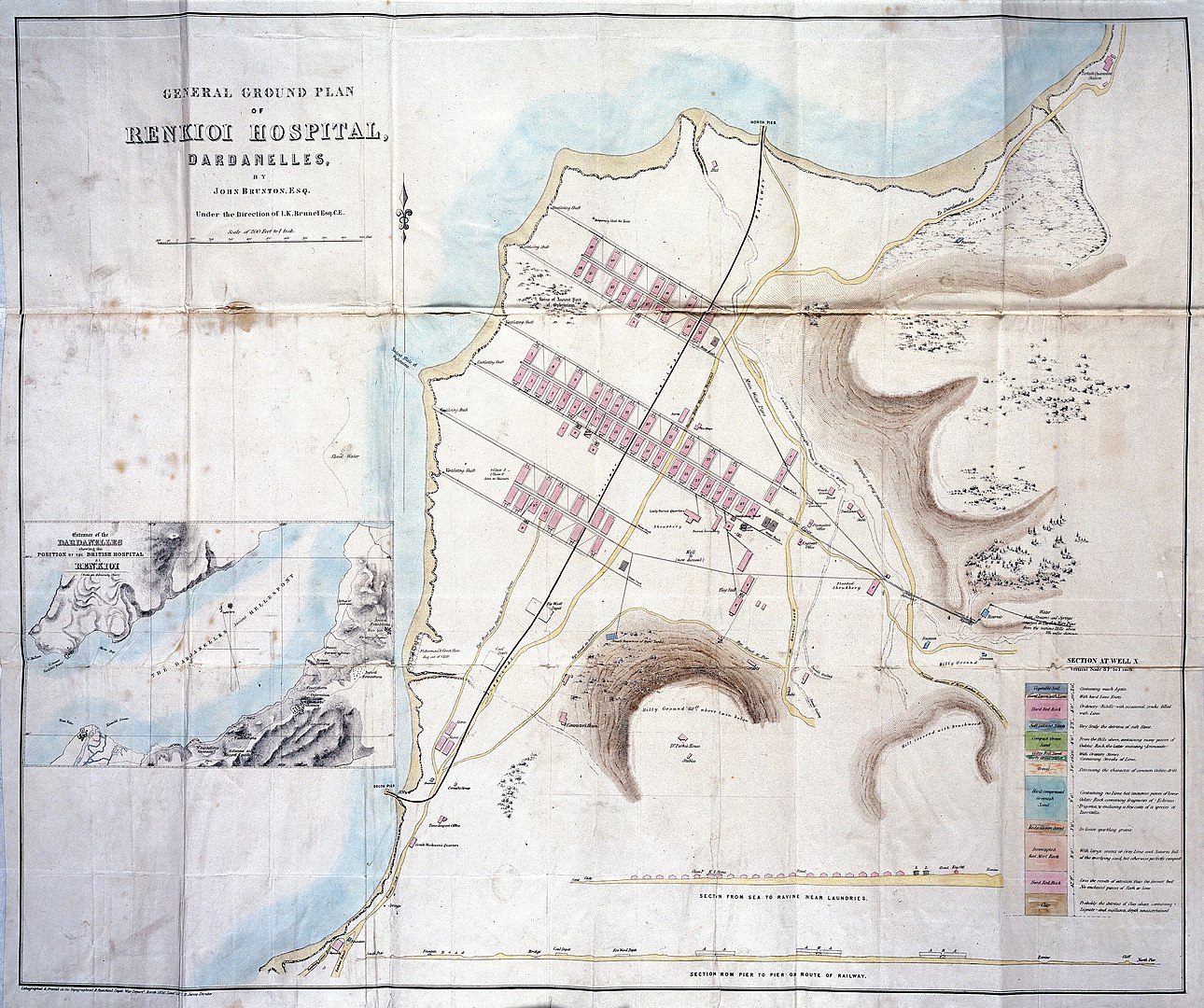 ] .pull-right[ War kills, but who cares? Warfare is a domain of strong centralised organisation with the possibility of efficiency gains often free of peacetime constraints ] ??? /// --- # A Short History of Antibiotics .pull-left[ .small[ Paul Ehrlich - seeks "magic bullet" to treat syphillis, creates systematic screening approach for drugs. Sulfanilimide, a chemical used in the dye industry, found to have antimicrobial properties September 1928, Alexander Fleming discovers antibacterial properties of _Penicillium_ fungi Sulfides discovered to be toxic in late 1930s, leading to regulation of medicine industry 1950s-1970s: Golden age of novel antibiotics > There may be a danger, though, in underdosage. Alexander Fleming, _Nobel Prize Speech_ ] ] .pull-right[ 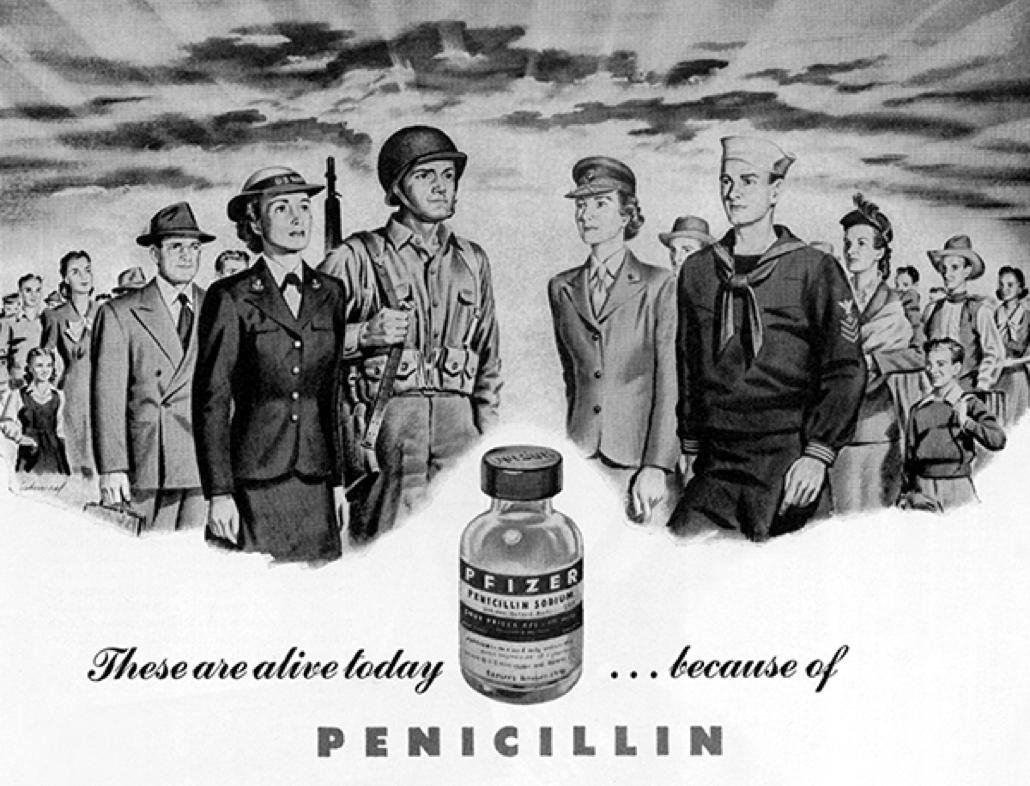 ] ??? /// --- # Technology Transfers .left-column[ 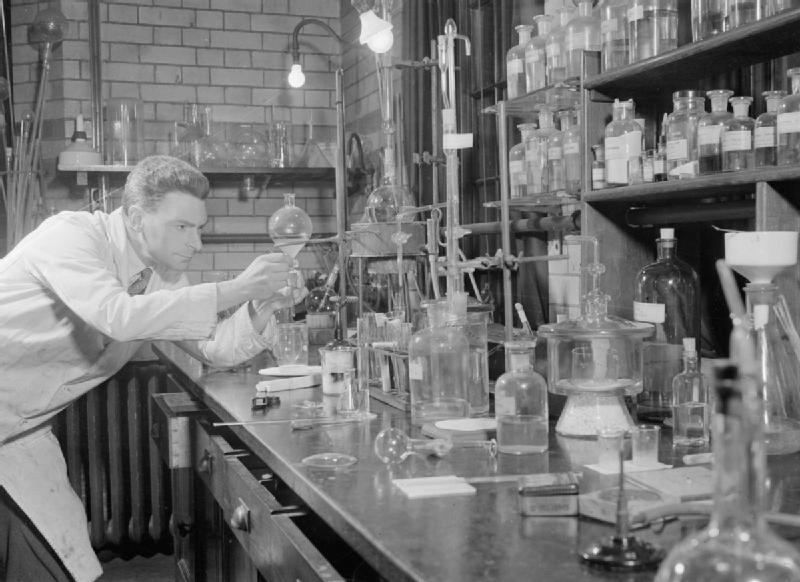  ] .right-column[ > During the course of the war, over twenty US companies were involved in penicillin manufacture. With government permission and exemption from anti-trust legislation, they shared technology with each other and with academic institutions. In the industrial concerns seeking to make the drug by means of large-scale fermentation, scientists and engineers overcame novel challenges that have often been overlooked. Robert Bud, _Penicillin_ ] ??? Bud quote p.45 --- # The Academic/Military/Industrial Complex .pull-left[  ] .pull-right[ .medium[ > Terman's efforts ended up blurring the boundaries between disciplines, between science and engineering, and between basic and applied research. The one element that all of these enterprises shared-the element that made their similarities as striking as their differences-was the military agenda. Stuart W. Leslie, _Playing the Education Game to Win_ ] ] ??? /// --- class: inverse # Small Group Discussion .question[Do you think military innovation is easier during war, or during peace? Why?] ??? /// --- class:inverse # Part 2: War as a Marketplace for Solutions ??? /// --- # Strategic, Operational, Tactical Problems/Salients .pull-left[ > A concern for costs and adequate returns from an investment is overridden by urgent military necessity during wartime ot the need to preserve a nation's security when it is at peace. George basalla, _The Evolution of Technology_ ] .pull-right[ "Levels of war" are a good way of organising the kind of reverse salients that war creates - Strategic - Operational - Tactical Domains provide a way of understanding how problems are perceived by militaries ] ??? Basalla quote p.158 War poses problems at multiple levels --- # Wartime Innovation .pull-left[ .medium[ > Military adaptation is here defined as change to tactics, techniques or existing technologies to improve operational performance. In contrast, military innovation is understood here to be a major change that is _institutionalised_ in new doctrine, a new organisational structure and/or a new technology. Theo Farrell, _Improving in War_ ] ] .pull-right[  Warfare exerts selective pressures, but how can you distinguish signal from noise? ] ??? /// --- # Peacetime Innovation .pull-left[ > The Air Force and Navy together are developing a new joint air-sea battle concept for defeating adversaries across the range of military operations, including adversaries equipped with sophisticated anti-access and area denial capabilities. Department of Defense, _Quadrennial Defense Review Report 2010_ ] .pull-right[ How do militaries organise for the next war? Who organises them? Policy elites Military institutions Defence base ] ??? QDR quote, p.32 --- # Defence Procurement .left-column[ .picblock[ 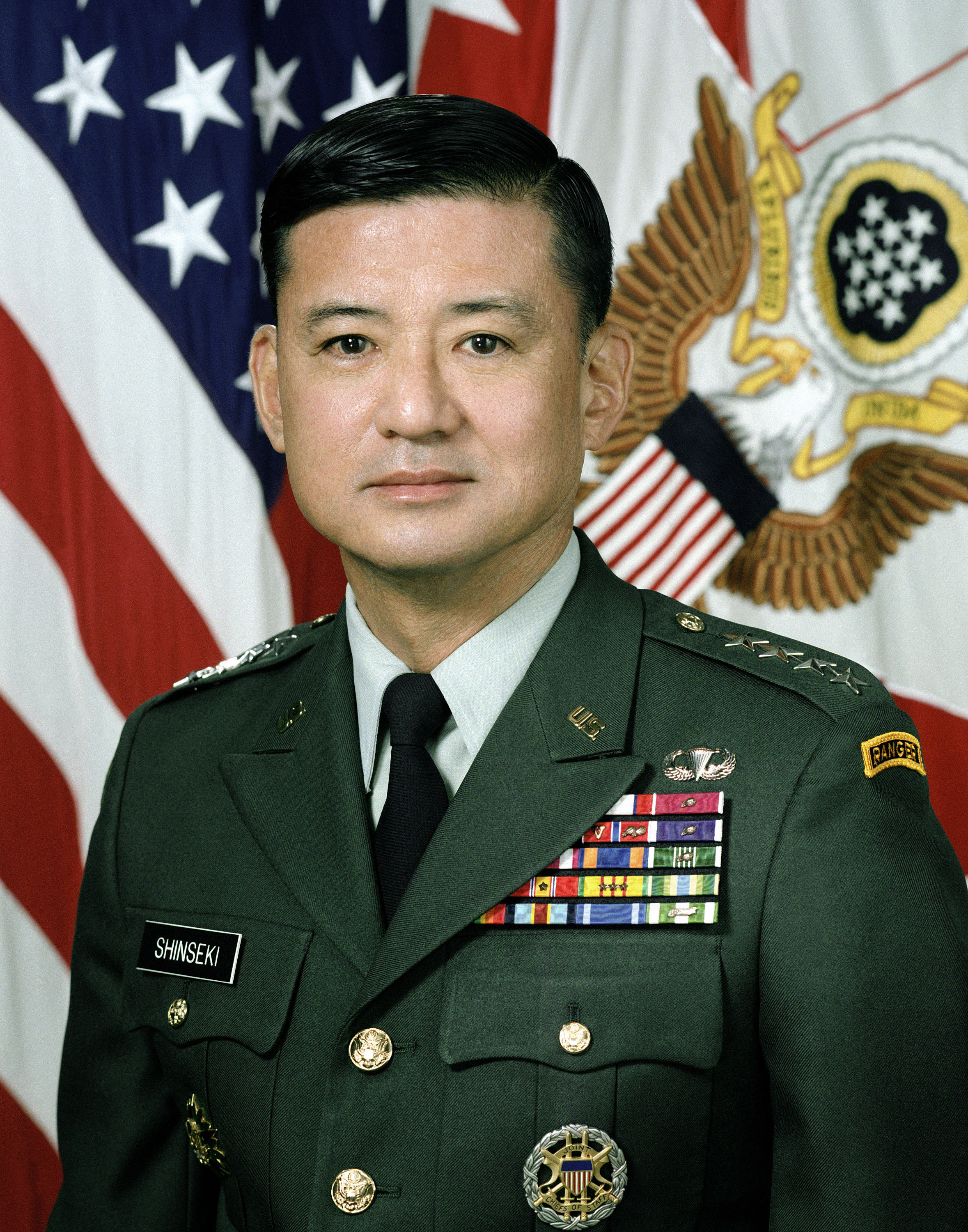 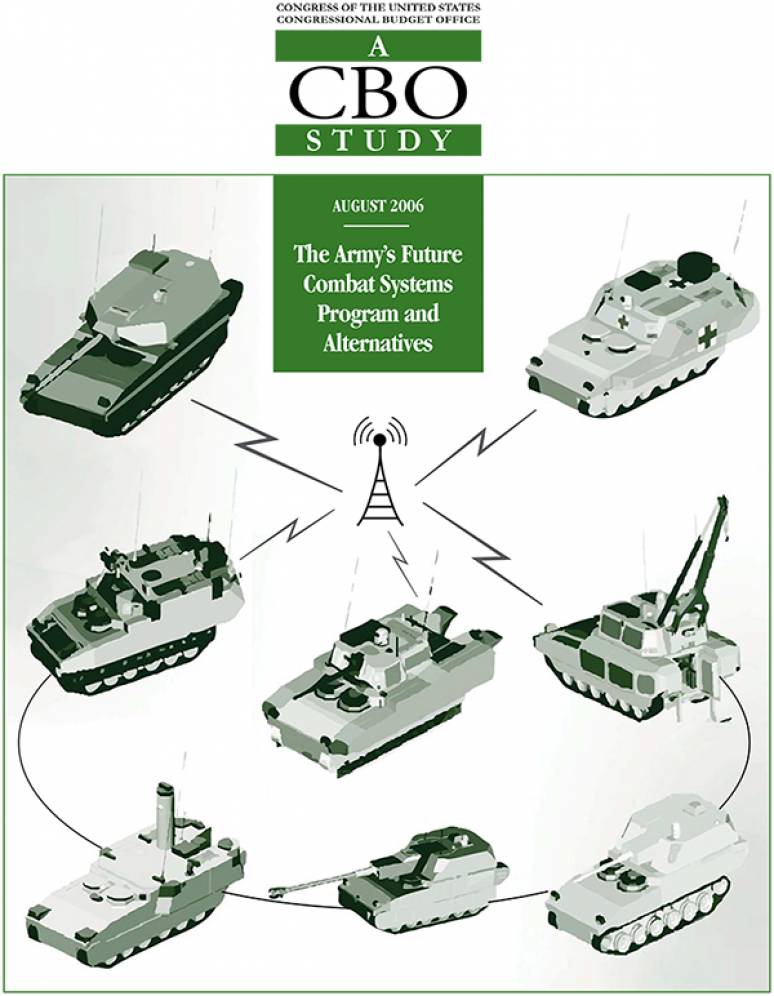 ] ] .right-column[ .medium[ > The Army made many vulnerable assumptions in the leadup to the FCS program about the nature of future combat, the future operating environment, and the perceived needs of the future force. Years of concept development within the Army relied on a set of assumptions that were developed without much technical pushback from Army and other technical communities as to their technical validity. The Army assumed a linear course from 1997 to 2025, with high-intensity conflict at the fore requiring conventional forces capable of defeating large state armies. Irregular warfare was still largely considered a lesser-included capability. Christopher G. Pernin et al, _Lessons from the Army’s Future Combat Systems Program_ ] ] ??? /// --- class: inverse # Small Group Discussion .question[How might medical technologies re-shape our understanding of war?] ??? /// --- class: inverse # Part 3: War and Medicine ??? /// --- # War After Antibiotics .left-column[ 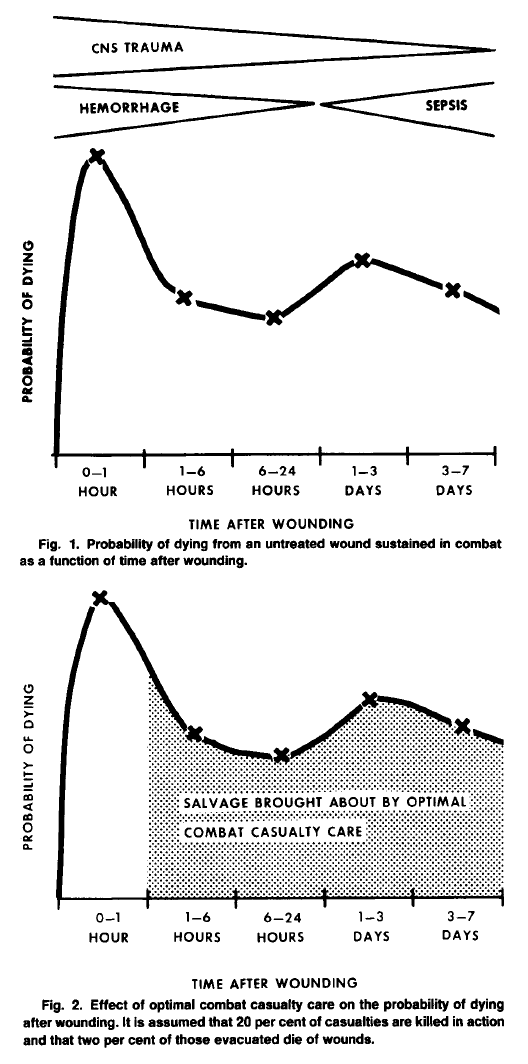 ] .right-column[ > Exsanguination causes about 50 per cent of all deaths. Trauma to the central nervous system causes about one third of all deaths. Sepsis/multiple organ failure causes less than 10 per cent of all deaths. Ronald F. Bellamy, _The Causes of Death in Conventional Land Warfare_ ] ??? /// --- # Measuring War and Warfare .left-column[ 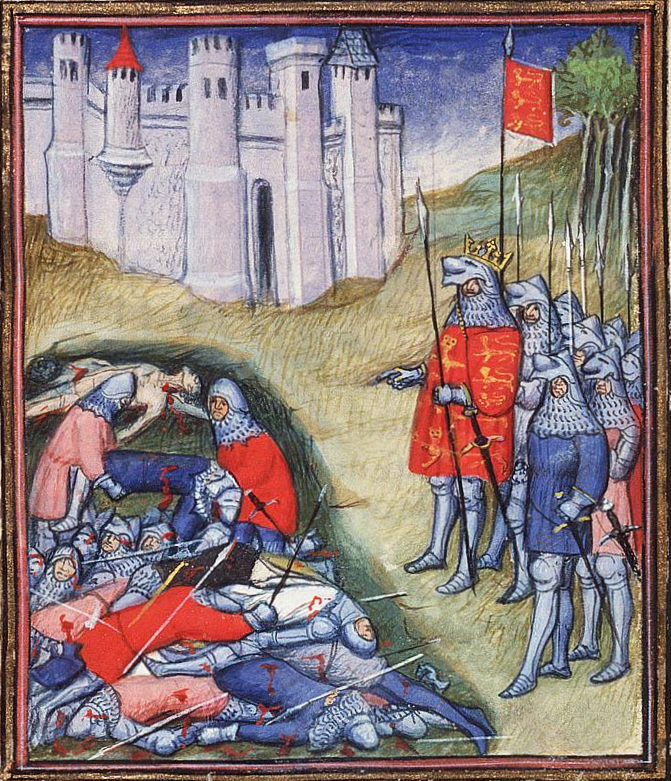 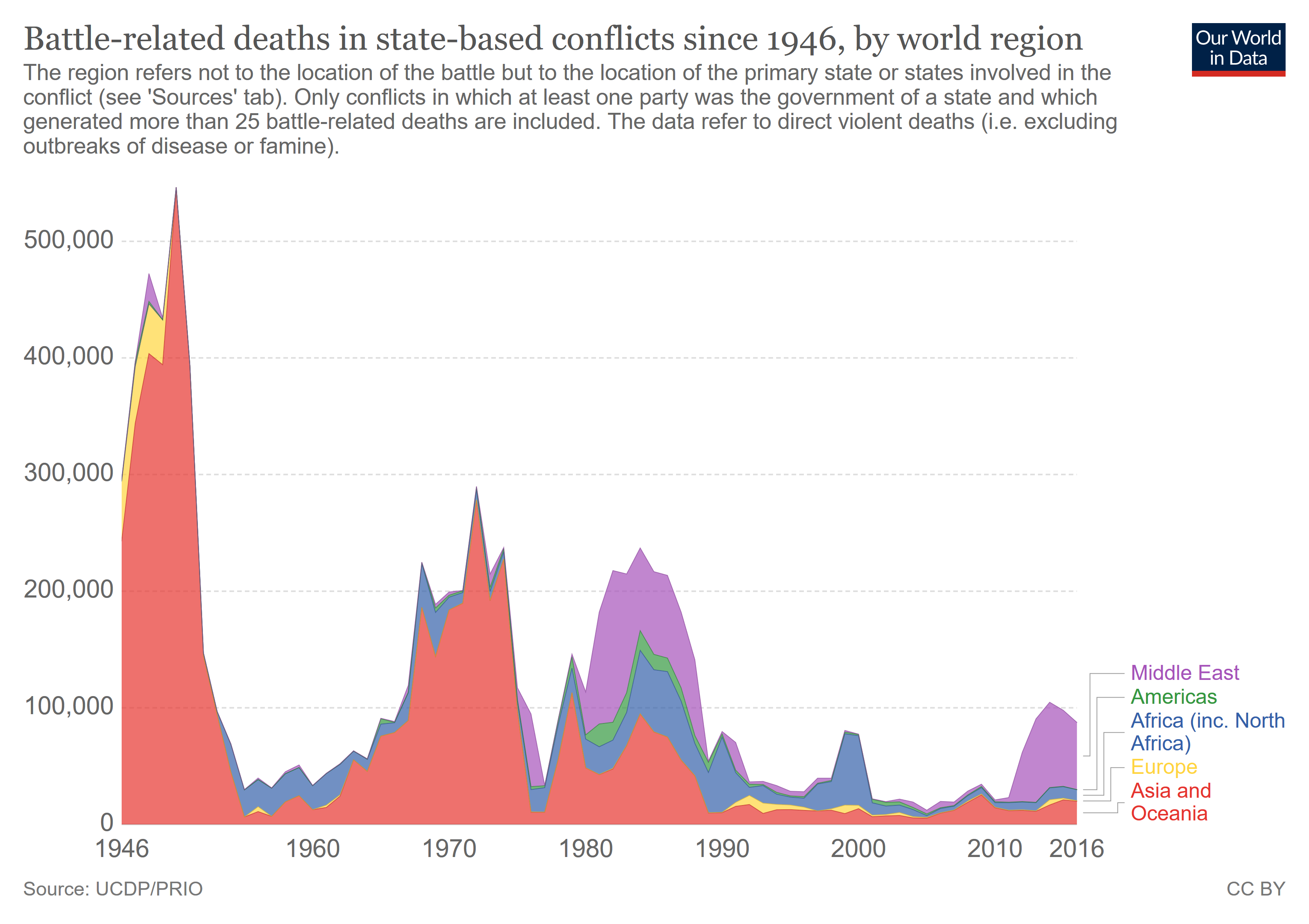 ] .right-column[ .medium[ > Why do the datasets exclude indirect deaths? It’s not to write these kinds of suffering out of the history books, but because direct deaths are the only ones that can be counted with confidence. Steven Pinker, _The Better Angels of Our Nature_ > Death is final and corpses are easier to count than the wounded. That fewer people are dying in war, however, does not mean that war is at an end. Indeed, it does not even necessarily mean that war has become more humane. Tanisha M. Fazal, _Dead Wrong?_ ] ] ??? If we understand war through battlefield mortality, what do technologies that decrease said mortality do to our perception of war --- # War and Public Health .medium[ > we have redefined complex emergencies as situations in which mortality among the civilian population substantially increases above the population baseline, either as a result of the direct effects of war or indirectly through increased prevalence of malnutrition and/or transmission of communicable diseases, particularly if the latter result from deliberate political and military policies and strategies (national, subnational, or international). ] -- .medium[ > Such emergencies have resulted during the past 30 years in the development of the two new scientific fields of emergency public health and public nutrition. ] -- .medium[ > In absolute terms, the major causes of mortality during emergencies are essentially the same as in developing countries: diarrhoeal diseases, acute respiratory infection, neonatal causes, and malaria. Peter Salama et al, _Lessons learned from complex emergencies over past decade_ ] ??? /// --- # Militaries as Research Sites .pull-left[ 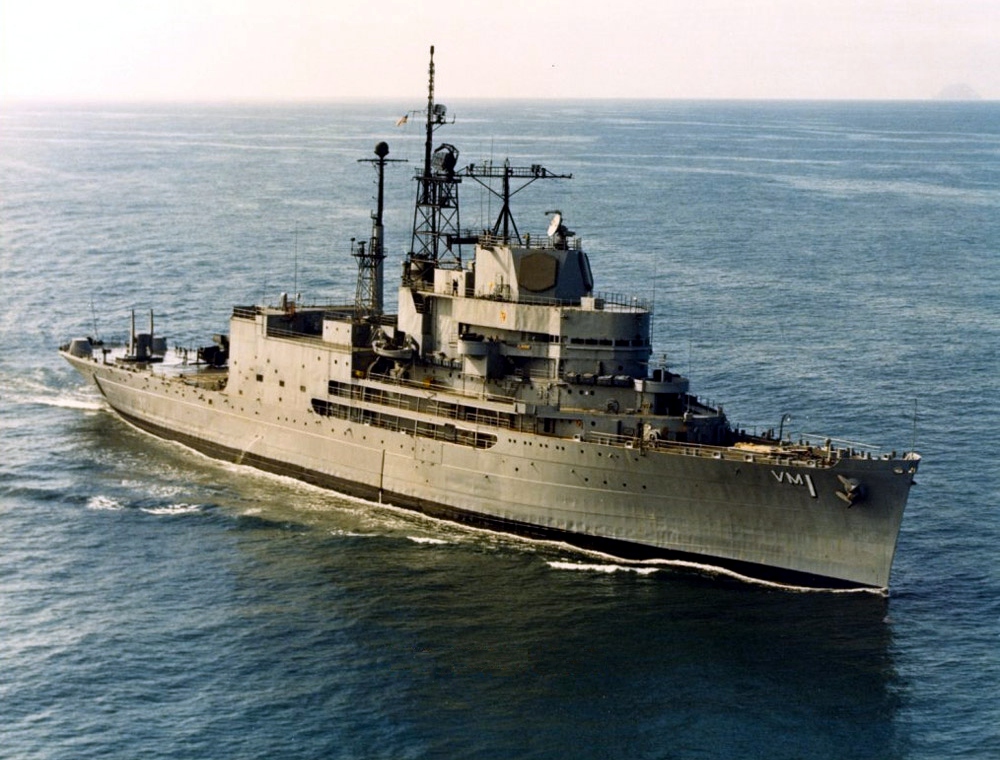 ] .pull-right[ STS uses research labs as their locations of study We think of militaries as fighting organisations, but perhaps better to see them as research/planning organisations? ] ??? ///